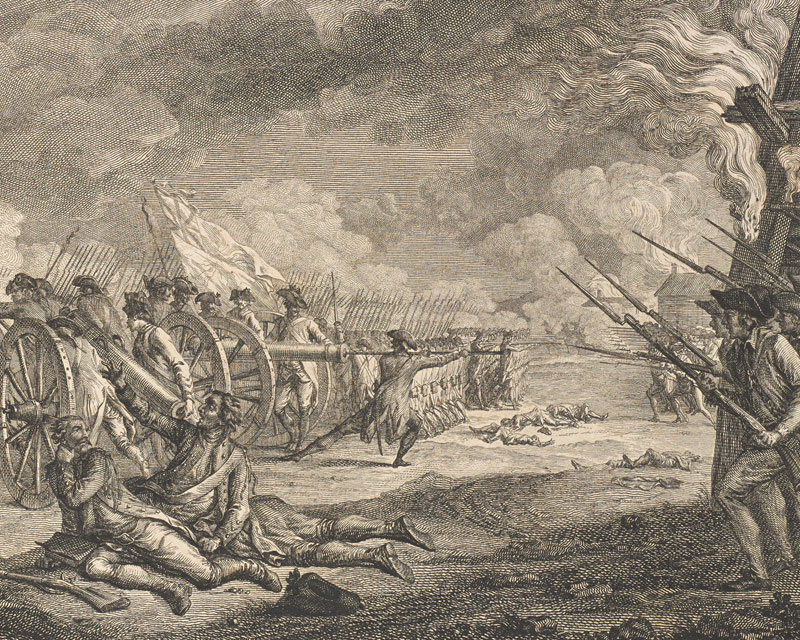
By Nancy Spannaus
April 19, 2025—Patriot Sam Adams called it “a glorious morning for America,” but it is better known as the “shot heard ‘round the world.”[1] I am referring, of course, to the first armed encounter between the British army and the American militia at Lexington and Concord, Massachusetts, whose 250th anniversary we commemorate today.

This confrontation, followed by the subsequent fighting along the road as the British marched back toward Boston, has captured the imagination of patriots ever since, and, like many other instances, been romanticized and embellished. Nonetheless, it represents a critical inflection point, where the growing revolutionary fervor of the British-American colonists turned into an eight-year long, bloody war for independence.
I must emphasize again that distinction between the Revolution and the Revolutionary War. To understand the former, I strongly urge you to purchase a copy of my latest book, From Subject to Citizen: What Americans Need to Know about Their Revolution.
Lessons from Lexington
But before leaving the topic of the war behind, I want to summarize a few salient points about that confrontation. These were presented in a lecture for the Lovettsville Historical Society (in my home town) by public historian Richard Gillespie, who grew in the Lexington and has spent many years studying the history of that event. In his conclusion, he identified six important take-aways from the Lexington-Concord fight.
First was the role of the Committees of Correspondence, which were established in 1773. Using the efficient post-rider system developed by Benjamin Franklin, these Committees provided the basis for spreading the word about developments in the battle against the British quickly throughout the British-American colonies.
Second was the fact that Boston was not the only center of radical resistance to the British. While much emphasis has been given to the confrontations in the seaports up and down the coast, the conflicts were often more intense in the inland areas.
Third was the proficiency of the American militia. In Massachusetts, like other colonies, these men had been drilling regularly at least since the formation of the Colonial Association in October 1774. Many had been veterans of the French and Indian War as well. Gillespie’s point was underscored by renowned military historian Glenn Williams in a recent local talk. It’s quite likely the militiamen were more experienced than the British force, Williams said – contrary to popular myth.

Fourth, Gillespie emphasized the importance of Virginia to the success of the Bostonians against the British. As the oldest and most populous colony, Virginia had the political weight necessary to push toward continent-wide support of the Bostonians, who were broadly seen as radicals.
Fifth, contrary to another too-prevalent myth, George III was really a “bastard, and not in the biological sense.” The King had specifically pressed his cabinet to crack down on the Americans, contrary to a considerable amount of advice that such an approach would lead to failure.
And lastly, Gillespie said, such an armed confrontation was a conflict waiting to happen. It had to happen somewhere, because the tensions between the British forces and the revolutionary leadership in the colonies were reaching fever-pitch.
Which brings us back to the question: What was the Revolution (not just the war) all about? Get your timely read in From Subject to Citizen: What Americans Need to Know about Their Revolution.
[1] This phrase comes from a poem by Ralph Waldo Emerson in 1837, called the “Concord Hymn.”
Related Posts
Tags: American Revolution, Concord, From Subject to Citizen, Lexington, Nancy Spannaus, Richard Gillespie








